Approach #1
For performance efficiency, I would suggest initializing the output array and then assigning into it with slicing, like so -
A = [a0,a1,a2,a3] # Input list of arrays
m,n = A[0].shape
out = np.empty((2*m,2*n),dtype=A[0].dtype)
out[::2,::2] = A[0]
out[::2,1::2] = A[1]
out[1::2,::2] = A[2]
out[1::2,1::2] = A[3]
Sample run -
1) Input :
In [67]: a0
Out[67]:
array([[92, 65, 41, 14],
[31, 95, 79, 77],
[98, 89, 26, 68],
[63, 91, 23, 74]])
In [68]: a1
Out[68]:
array([[67, 13, 43, 25],
[18, 15, 38, 34],
[13, 59, 46, 89],
[11, 68, 81, 11]])
In [69]: a2
Out[69]:
array([[12, 53, 81, 91],
[88, 83, 77, 98],
[63, 53, 56, 76],
[58, 64, 57, 68]])
In [70]: a3
Out[70]:
array([[21, 82, 88, 49],
[54, 53, 62, 80],
[89, 96, 72, 62],
[81, 93, 41, 84]])
2) Output :
In [72]: out
Out[72]:
array([[92, 67, 65, 13, 41, 43, 14, 25],
[12, 21, 53, 82, 81, 88, 91, 49],
[31, 18, 95, 15, 79, 38, 77, 34],
[88, 54, 83, 53, 77, 62, 98, 80],
[98, 13, 89, 59, 26, 46, 68, 89],
[63, 89, 53, 96, 56, 72, 76, 62],
[63, 11, 91, 68, 23, 81, 74, 11],
[58, 81, 64, 93, 57, 41, 68, 84]])
Approach #2
We could also use np.concatenate to stack those into one array and then transpose and reshape finally into the intended (2*m,2*n) shaped array, like so -
np.concatenate((A)).reshape(2,2,m,n).transpose(2,0,3,1).reshape(2*m,2*n)
